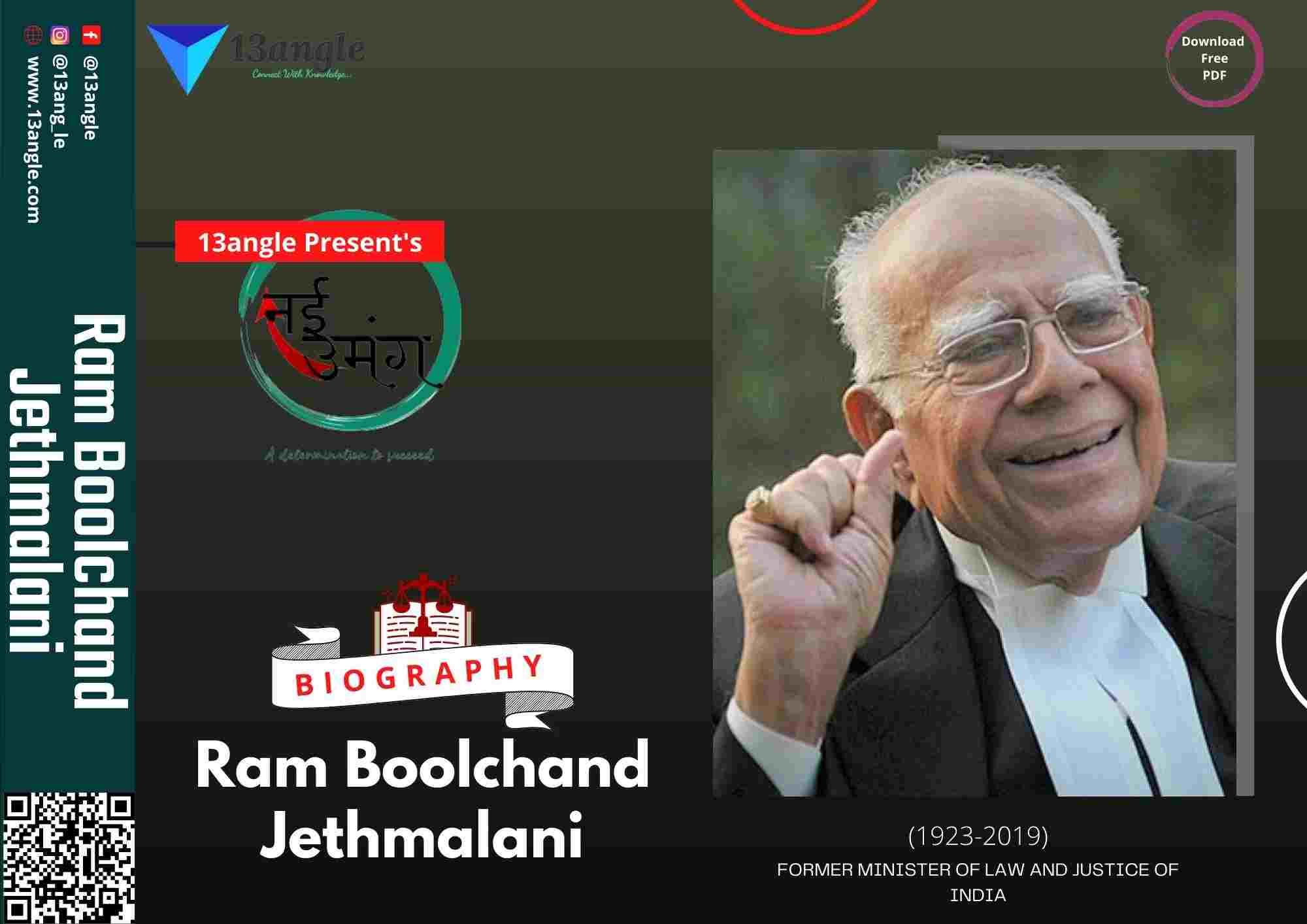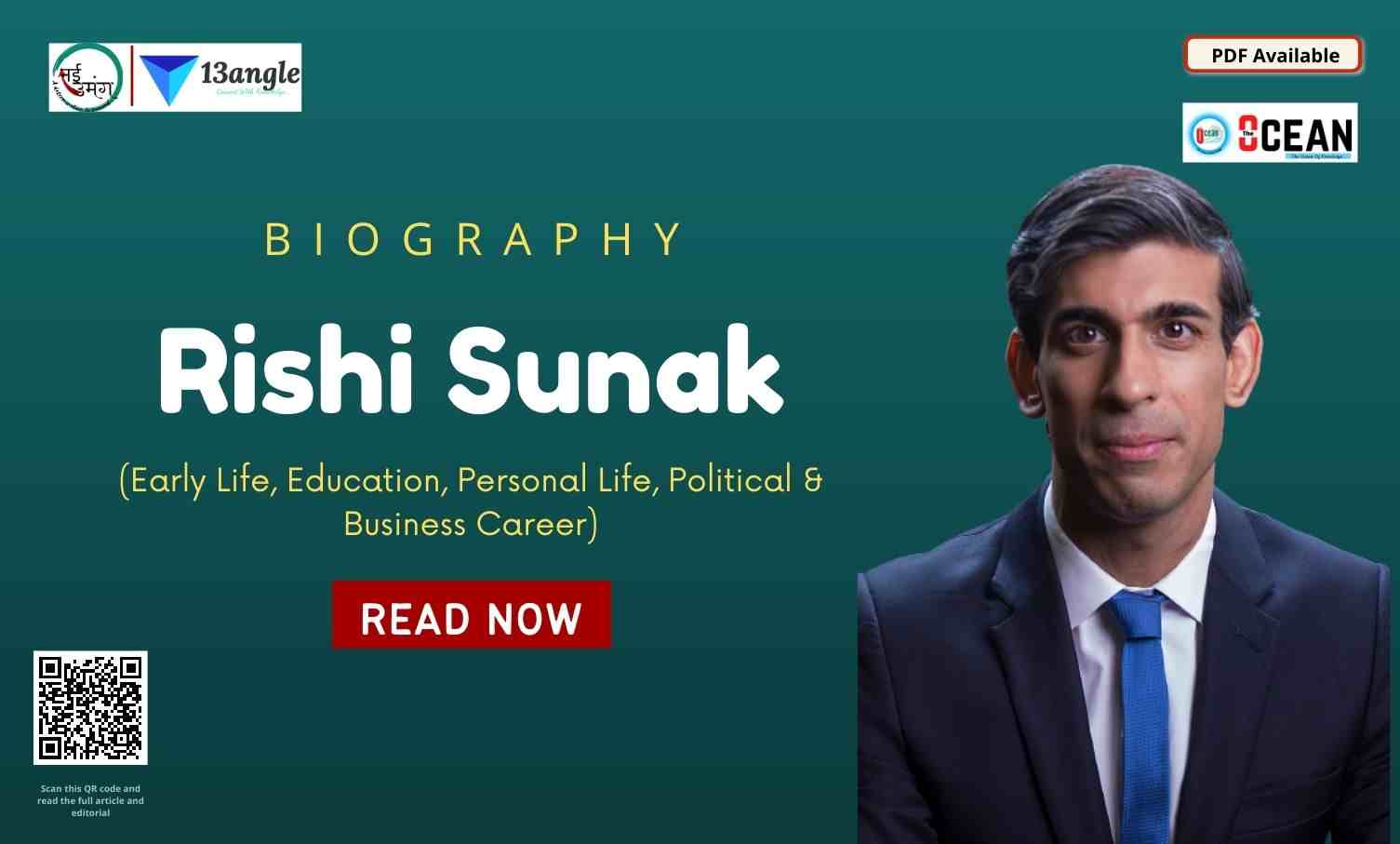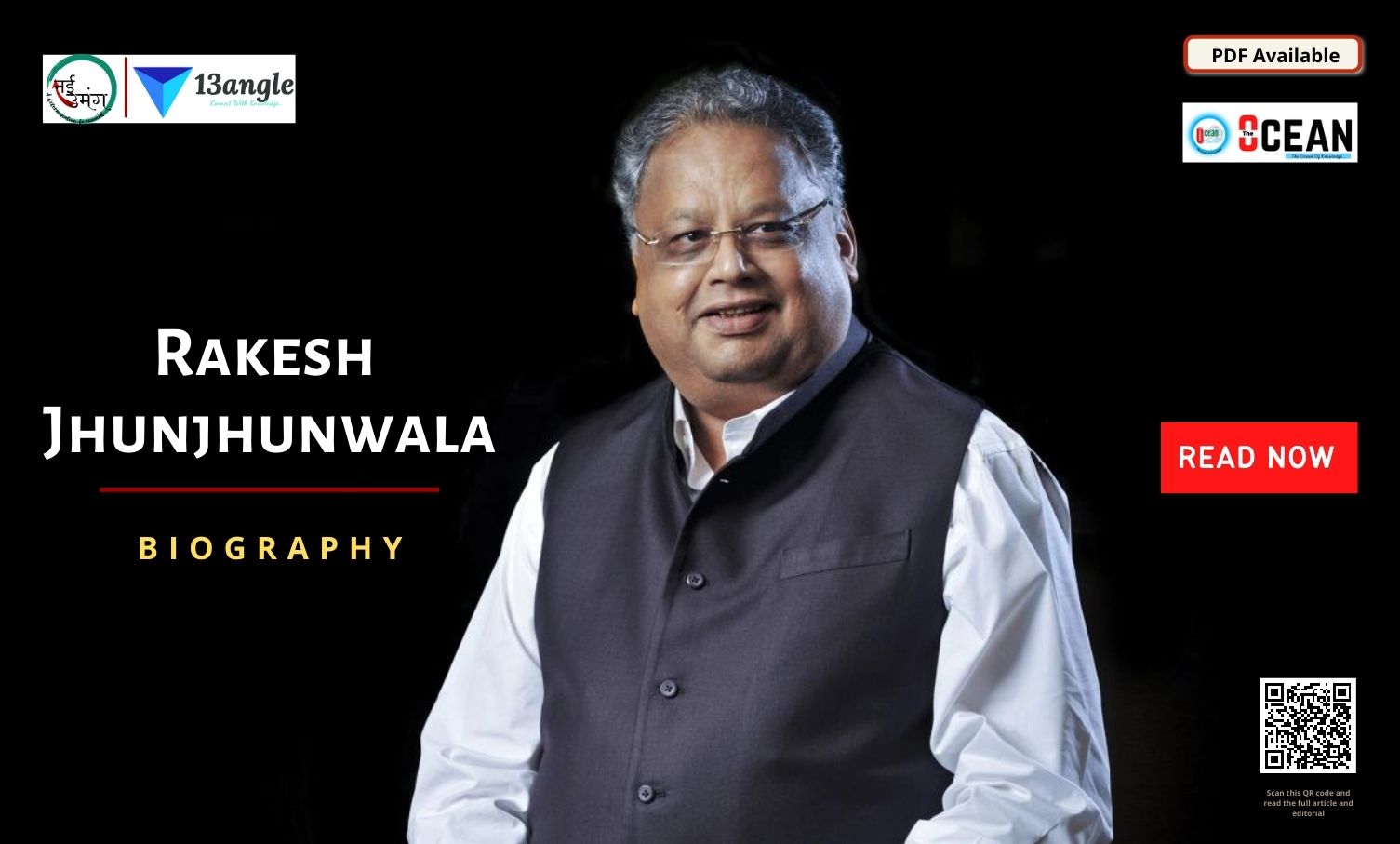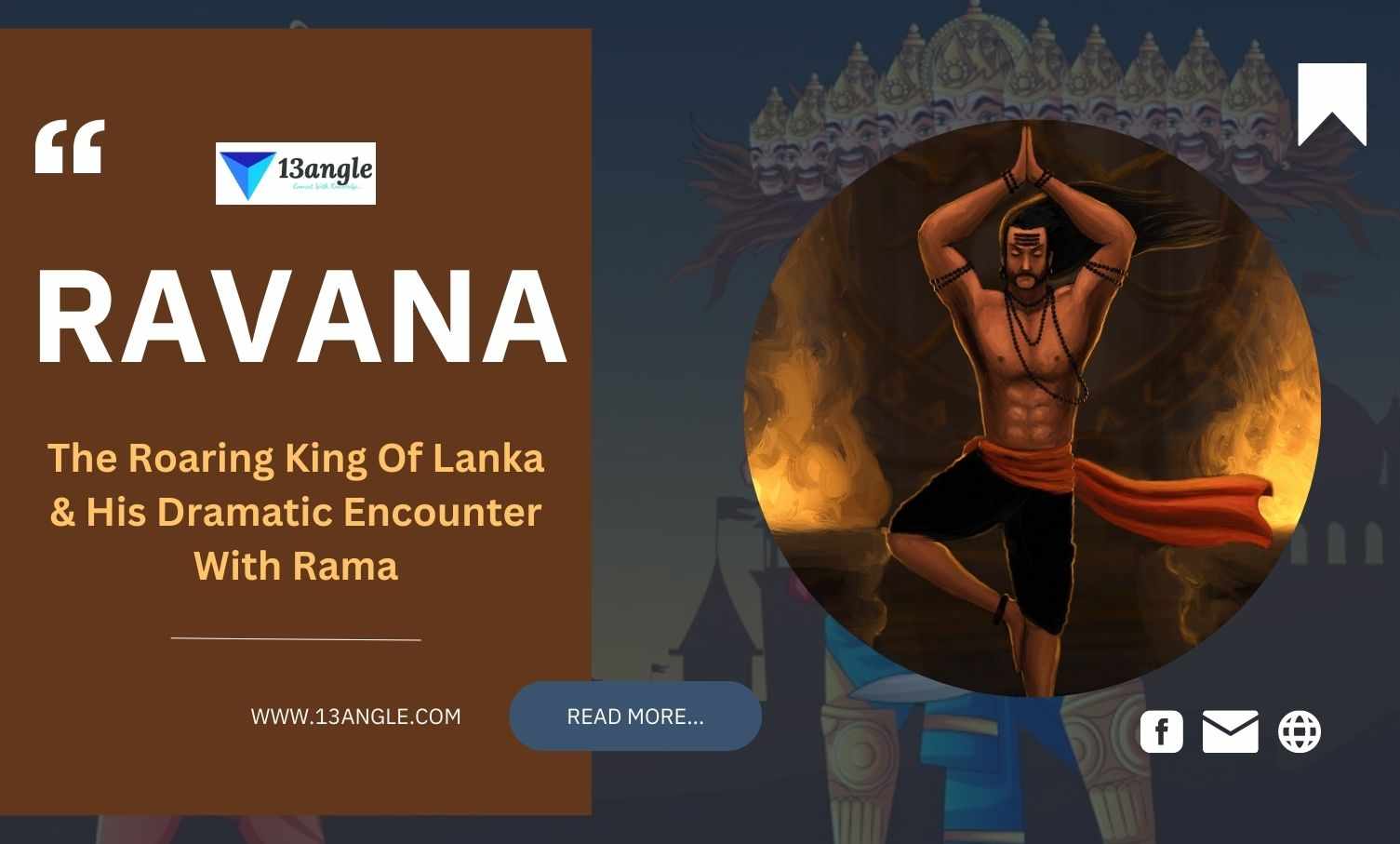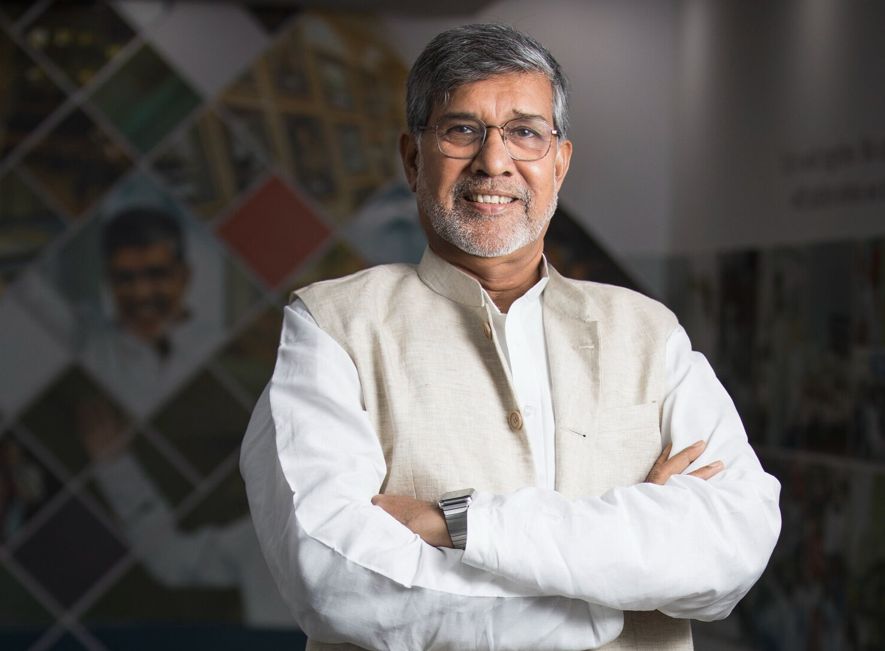
Who Is Kailash Satyarthi?
- Kailash Satyarthi is a well-known Indian activist for children ,he was awarded with the Nobel Peace Prize in 2014. He is the founder of the Bachpan Bachao Andolan (BBA), an organization dedicated to the abolition of child labor and rehabilitating former child laborers, who have been rescued. Despite numerous setbacks, Kailash has forged on in his fight to ensure that every child is educated, healthy, and safe. Satyarthi has freed thousands of children from slavery and has campaigned throughout India against child labor. He fights for the rights and protection of children. In India, he advocated for the universal right to education and campaigned against child labour. Satyarthi stated that the most difficult problem he has faced over the years has been convincing people that child labor is equivalent to slavery and is a serious social ill rather than a non-issue. “They attacked us, and three of my fellow activists and friends were martyred “said Satyarthi . He claimed to have faced numerous challenges and bodily ailments as a result of goingagainst powerful nexuses that benefitted from child labor.
Childhood And Early Life

Kailash Satyarthi was born on January 11, 1954, in Madhya Pradesh. He was a caring person since he was a child. He noted that some children did not use to attend a school like he use to and instead they were compelled to work for money under difficult conditions. We also use to face such situations in our life but only a true reformist like Kailash Satyarthi could be triggered so much by such situations that he feel the urge to solve this problem.
He is the youngest among four brothers and one sister. As a four-year-old toddler, he learned Urdu from the Maulvi at the neighboring mosque and Hindi and English in his school. He completed his education at Government Boys Higher Secondary School in Vidisha. He received his undergraduate degree in electrical engineering at Samrat Ashok Technological Institute in Vidisha and a post-graduate degree in high-voltage engineering.
For a few years, he joined his own college as a lecturer. He got married to Sumedha Satyarthi. The couple has a son Bhuvan Ribbu & a daughter Asmita Satyarthi. He is the youngest of five siblings, including four brothers and one sister. He studied Urdu from the Maulvi at the nearby mosque when he was four years old, as well as Hindi and English at his school.
He was disturbed by the inequities he saw and decided to take action. He invited his peers to give textbooks and money to the less fortunate so that they, too, could study.
Kailash has always believed that all children are born equal and, as a result, have the right to live a happy life. When Kailash was eleven years old, public schooling was not free. Kailash founded a football club with the support of a few like-minded friends to collect money for youngsters who were unable to attend school. The money raised from the membership fee was used to help pay for the schooling of a few of these children. Kailash and his friends went on to set up snack stalls at fetes and fairs in the years that followed, raising more money for disadvantaged children’s school expenses. Kailash has always believed that all children are born equal and hence have the right to live a happy life.

He has always had an analytical bent of mind as an engineer, which allowed him to get to the source of child labor. He brought the Triangular Paradigm of child labor, illiteracy, and poverty to the forefront. He and his organization, identifying child trafficking as a source of child slavery and other forms of child exploitation, have saved hundreds of thousands of children in India from falling prey to trafficking and slavery through direct interventions, policy advocacy, and access to education as part of a sound rehabilitation framework.
He earned a post-graduate diploma in high-voltage engineering after studying electrical engineering at a Bhopal institution.
He started working as an engineer after graduating. Although he had a rich future ahead of him, the young man’s heart was not in engineering. He left his job because he wanted to help people, particularly the destitute children who worked as bonded laborers.
Satyarthi is the father of two adult children, a girl, and a son, and is married. Many of the former child laborers rescued by his organizations are part of his extended family.
His work has been included in a number of renowned periodicals, including ‘Reader’s Digest,’ The Time,’ The Washington Post,’ and the ‘New York Times.’
Kailash Satyarthi dedicated his Nobel Peace Prize award to the country on January 8, 2015. (India). The medal is preserved at the Rashtrapati Bhavan (President’s House) museum and is made of 18-carat gold and weighs 196 grams.
Reforms By Him

Satyarthi has spent his entire life fighting against child labor. His devotion isn’t just for kids; it’s for their dreams as well. He believes that if childhood is considered a sacred time, children will be less likely to be exploited for labor.
Since 1980, the former engineer has dedicated his life to fighting child labor, winning the Nobel Peace Prize in the process.
In late 2016, Satyarthi began the 100 Million campaign. The campaign, which is being organized in collaboration with his Kailash Satyarthi Children’s Foundation, aims to mobilize 100 million young people throughout the world to speak out on behalf of the world’s more than 100 million child workers.
Satyarthi recognized the value of having children speak on behalf of other children through his decades of fighting.
Young people made up a large part of the seven million people that marched in Satyarthi’s Global March Against Child Labor in 1998, which helped led to the ILO Convention on the Worst Forms of Child Labor being enacted the following year. “Because their voices can’t be ignored, they demonstrate strong, pure moral leadership.”
Bachapn Bachao Andolan

- Bachpan Bachao Andolan was launched by Kailash Satyarthi in 1980. BBA has effectively improved the lives of approximately 82,000 children who have been rescued from exploitation, as well as enacted vital anti-child labor and anti-trafficking legislation and raised public awareness. Our work has always included raids and rescue operations to release child employees from deplorable working conditions. Children exploited in brick kilns, stone quarries, and the carpet industry was the focus of early initiatives. The creation of MuktiAhsram, the first transit rehabilitation center for bonded child laborers, in 1990 was a watershed moment in our history. In 1997, BBA established Bal Ashram in Rajasthan, which offers former child laborers a long-term alternative. In 1997, BBA established BAL Ashram in Rajasthan, which offers former child laborers a long-term alternative. BBA organized the first campaign against child labor in the form of a march in 1993. The 2,000-kilometer march from Bihar to Delhi raised awareness about child exploitation in the carpet business. Other marches followed, with the most famous being the historic Global March Against Child Labor in 1998. The 80,000 km long physical march spanned 103 nations and drew widespread public support as well as the support of international leaders.

BBA’s unique approach can also be seen in the development of the Bal Mitra Gram (Child-Friendly Villages) model in 2001. The model’s implementation in villages leads to the long-term prevention and elimination of child labor, among other things, through mechanisms like the establishment of an elected children’s assembly and its connection to the village council, the enrollment of all children in school, and community change actions. In 2006, Mukti Caravan, another ongoing campaign, was established. It’s a “mobile campaign” led by former child laborers who have been schooled in folk art and street theatre.
BBA’s ongoing efforts have resulted in the passage of anti-child labor and anti-trafficking legislation. The passage of the 1986 Enactment of Child Labor Act by the Indian Parliament and the 1999 ILO Convention 182 on the elimination of the worst kinds of child labor were significant milestones. The latter was approved following the Global March Against Child Labor, which concluded in Geneva and had a significant role in the approval of the convention through its members and partners.
Noble Prize Winner
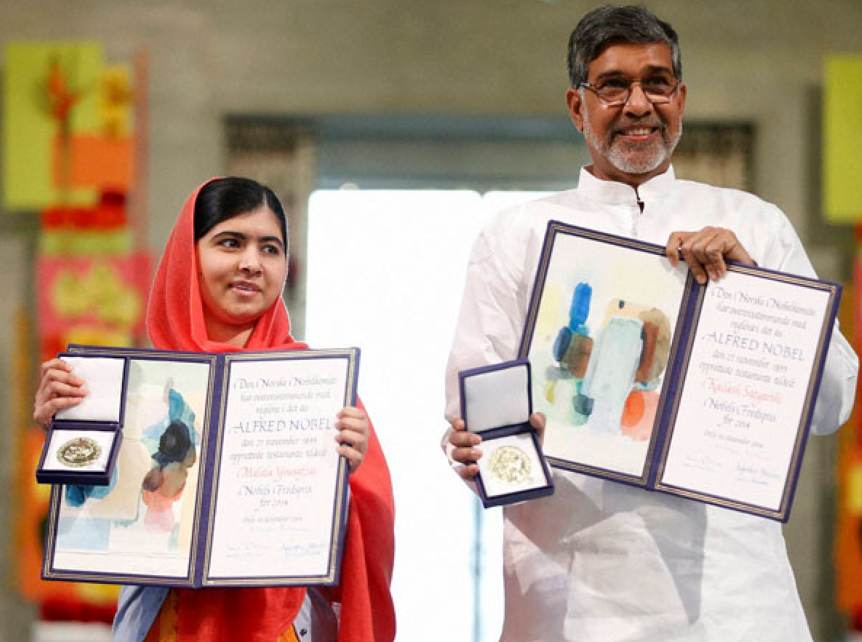
He shared the Nobel Peace Prize in 2014 with Malala Yousafzai, a teenage Pakistani education activist, “for their struggle against the oppression of children and young people and for the right of all children to education.”
Following in the footsteps of Mahatma Gandhi, the Indian activist has been striving to eradicate child labor, exploitation, and encourage children to attend school in order to establish a more peaceful world. According to the Swedish Academy, he has also contributed to the formulation of international accords on children’s rights.
He works for ‘Education for All’ as a member of the UNESCO body. He was named to Fortune’s “World’s Greatest Leaders” list in 2015 after winning the Nobel Prize.
Since the 1980s, a man has been battling tirelessly for the world’s most marginalized and exploited children, winning the Nobel Peace Prize. Without being deterred by several near-fatal attacks by child slave masters, or by the fact that two of his colleagues were murdered in cold blood and his home and office were repeatedly robbed, Kailash Satyarthi continued to work for children all over the world. Whether it’s influencing national or international policies related to children’s rights, rescuing children through daring raid operations, conducting international research and building stakeholder capacity to uphold children’s rights or leading global mass movements to bring in international legislation and institutions related to children’s freedom, safety, and education, The Nobel Peace Prize being awarded to Satyarthi is akin to the Nobel Peace Prize being awarded to the world’s most marginalized and exploited children. It was a significant win for the cause.

Satyarthi’s Twitter following grew from 75 to nearly 800,000 within three hours of the announcement. He is without a doubt the pride of 1.3 billion Indians for the selfless effort he has done for the world’s children.
According to the Nobel Prize website, Indian campaigner Kailash Satyarthi has led a peaceful struggle to prevent children from being exploited as laborers instead of attending school, in the tradition of Mahatma Gandhi. In truth, the Nobel Prize Committee had always intended to award the Peace Prize to Mahatma Gandhi, but he was slain before they could do so. The committee also paid honor to Mahatma Gandhi by awarding the peace prize to a deserving natively born Indian, Kailash Satyarthi.
Kailash Satyarthi, who works for children in over 140 countries on a variety of platforms, has stated that the Nobel Peace Prize is only a comma in his life and that he is adamant that child enslavement would be abolished within his lifetime. The Nobel Peace Prize gave Satyarthi a boost since his mission to make the world kinder to children gained international notice overnight. This topic, which had been brushed aside by governments all around the world as a source of embarrassment, could no longer be avoided.
Satyarthi’s first act after receiving the Nobel Peace Prize in 2014 was to ensure that Goal 8.7 was included in the Sustainable Development Goals. This came with a deadline of 2025 to stop child labor and exploitation in all forms, five years ahead of 2030, because this is one goal without which most of the other goals will be hard to achieve. He didn’t stop there. He launched Laureates and Leaders for Children in 2016 to catalyze global action around this goal and the overarching effort to end violence against children worldwide. The platform brings together Heads of State and Nobel Laureates to raise voices in support of the rights of the world’s most marginalized children, particularly ensuring their freedom, safety, and education.
Top 13 Interesting Facts About Kailash Satyarthi
He is the first India-born person to have been awarded the Nobel Peace Prize and the seventh Indian Nobel laureate. Mother Teresa, who was born in Albania, was the first Indian Nobel peace prize winner. She was honored in 1979.
He gave up his career as an electrical engineer more than 30 years ago to start `Bachpan Bachao Andolan`.
He led a global march against child labor in 1998, where 7.2 million people participated from 103 countries. It was the largest campaign ever organized on child labor.
Satyarthi sits on the board of the Global Campaign for Education, a civil society coalition that campaigns for education for all.
For him, Nobel prize “is an honor for his fellow Indians and for all those children whose voice has never been heard before in the country”.
Satayarthi is not his real last name. As a teenager, he invited a group of “Upper” caste, local people, to a meal prepared by “lower” caste “untouchables”; the invited guests boycotted the event and his family. He was deeply upset with this act and decided to give up his last name and Chose “Satyarthi” which means Seeker of Truth.
An advocate for those “whose voice has never been heard”, Satyarthi started his journey in the 1980s.
Though He won Nobel Peace Prize, he was nominated many times in the past for his relentless crusade for defending child rights.
Satyarthi has also won a host of other prestigious awards. Most notable among these are: Defenders of Democracy Award (US), Medal of the Italian Senate, Friedrich Ebert Stiftung award (Germany), and the Alfonso Comin International Award (Spain).
He created the Global March Against Child Labor, a movement that is active in many countries.
He is also credited with establishing Rugmark, now known as Good Weave, in 1994. It is a kind of social certification for child-labor-free carpets in South Asia.

